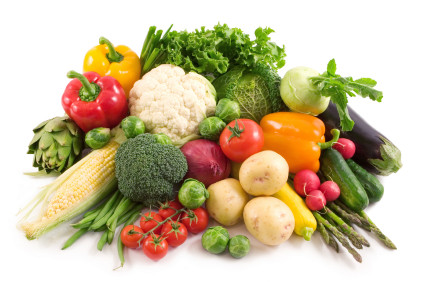By Jeff Sheppard 30 Jul 2019 no comment 1276 Views
Many of us start out in the morning with good intentions, but by nightfall, we realize that we’ve overeaten—again. How can we manage proportional eating?
Be mindful of how much you’re eating
Firstly, read the labels. You might be surprised that only 5 crackers can constitute a 100 calorie serving. Or that a bowl of instant ramen might be listed as containing “2 servings” (as if anyone ever eats only half the bowl at a time). Make informed choices. Choose fresh vegetables, lean protein, and fruit more often.
Secondly, eating requires your attention. Don’t eat while working at your desk or sitting in front of your TV. It’s easy to eat too much when you aren’t paying attention to what you’re eating. Take the time to sit down and enjoy your food. Not only will it taste better, but you’ll be more likely to stop when you’ve had enough.
Thirdly, measure your portions.
Suggestions for measuring portions
Never eat food straight out of the package. It’s far too easy to eat more than you intended. The next thing you know, the bag is empty, or you’re scraping the bottom of the container. If you’d like dip with your raw vegetables, spoon the dip into a ramekin. If you want some potato chips, put a handful onto a saucer. Stop when your serving is gone.
Invest in some ramekins. These tiny bowls hold about ½ cup of food—the perfect serving size for rice, pasta, yogurt, berries, dips, and cooked vegetables. When the bowl is full, you know you’ve got a serving.
Purchase a food scale. If you find it difficult to estimate how large a serving is, a food scale can help you keep closer track of how much you’re eating.
If you feel hungry all the time
Avoid drinking calories. Fruit juice, soda pop, energy drinks, fruit-flavoured sugary beverages…they are high in calories and offer nothing in the way of nutrition (with the exception of 100% fruit juice, which offers some nutrition, though whole fruit is still a better choice). Drink plenty of fresh water and save your calories for satisfying food.
Protein helps you to feel full. Rather than reaching for crackers, bread, or pasta when you’re hungry between meals, try a serving of lean protein. Nuts, chicken or turkey breast, or a half-tin of salmon are all good choices. Carb-heavy foods are higher in calories and will leave you feeling hungry again faster. When you do eat crackers, bread, and pasta, always pick whole grain.
Knowledge is power
Finally, keep a food diary. Statistics prove that keeping a food diary helps you to lose weight. You will be able to keep track of what you’re eating and pick up on any trends. Do you eat too many grains, or not enough fruit? Do you indulge a junk food habit more often than you think? This knowledge will help you make better choices in the future.
In conclusion, the key is to know how much a serving size is, know how much you’re eating, and enjoy what you’re eating.

